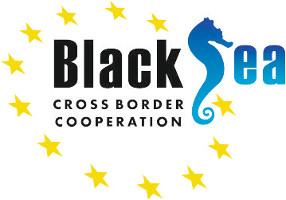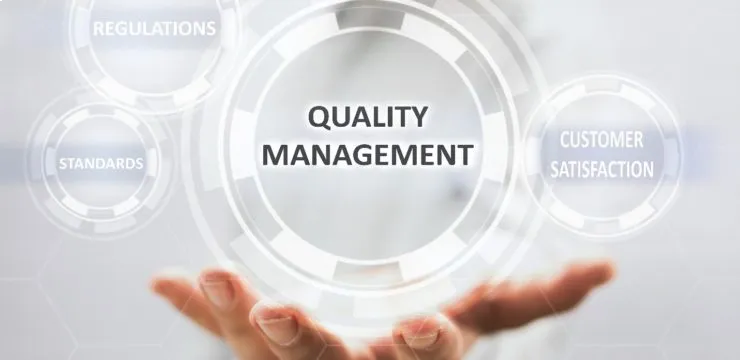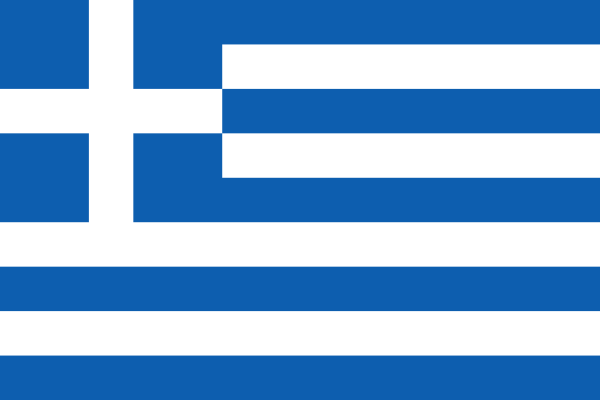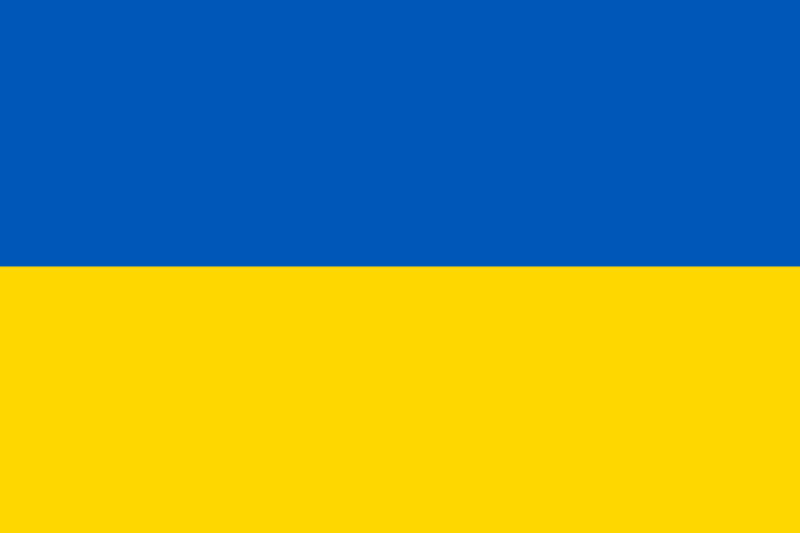The EFQM Excellence Model, a business excellence model, developed by the European Foundation for Quality Management, has been in existence since the early 1990s, providing a generalized model of an ideal management system for organizations focused on sustainable development and competitiveness. The model is based on the philosophy of universal quality management and quality production, i.e. on a systematic approach to management that considers all stakeholders of the organization.
The Value of Self-Assessment Tool
From the time it was created, in many European countries, the EFQM model gave birth to competitions for quality management systems in various organizations. The application of the EFQM model involves examining and measurement of the capacity of the managerial potential and evaluation of the effectiveness of the management system of an enterprise. The model can also help conduct a so-called “self-assessment.”
The “self-assessment” is essentially an independent study by managers of their own management system. When the Excellence model was introduced in Europe as a model of the European Quality Award, it was immediately applied beyond the framework of the best “quality award” competition. It was seen as a tool that allows organizations to assess the level of their development relative to the benchmarked level, identify the strengths of their management systems, and identify areas where improvements are appropriate.
The Adaptations of the Model
Initially, the main “outputs” of self-assessment were a list of strengths, a list of areas for improvement, and a score of the management system according to the criteria of the model. Today, many organizations view these “outputs” as an essential tool to the organization and continue to improve their performance by regularly applying the model. Later on, regional and industry-specific models have emerged, and some organizations have tried to tailor the model to their specifics.
Perhaps these adaptation processes result from a better understanding of the model and its components, i.e. a working knowledge of how it operates. However, on the other hand, changes in the model may be dictated by its complexity and difficulty for the users to understand and apply it. For example, the European Foundation for Quality Management in 1997 offered a simplified version of the EFQM model to small businesses.
According to many small and medium-sized enterprises representatives, the simplified criteria make self-assessment more understandable for them and, therefore, more applicable. Indeed, for small companies, it is quite challenging to evaluate, for example, the following criterion “Has identified and managed responsibly the critical assets and resources that are vital for its ongoing Strategic, Performance and Transformation needs.”
However, as the model evolved and slightly changed, so did the skills to work with it, new opportunities for its use appeared, and many organizations realized that this tool could be quite effective in business, business improvement through benchmarking and exchange of best practices, learning from best management practices.
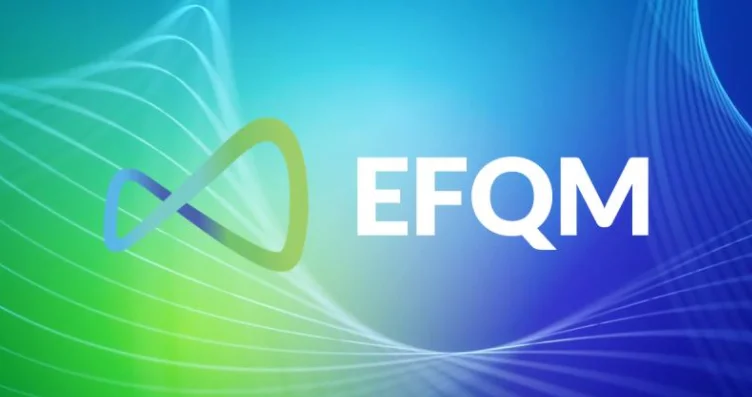
Expanding Beyond the Business Sphere
In 1999 there was a significant revision to the model, and the word “business” was removed from its name (until 1999, the model was called “EFQM Business Excellence Model”). This is primarily because many non-profit organizations also saw the EFQM as a tool for improvement and have successfully used it to improve the quality of their management.
For example, one of the reasons that prompted educational organizations in the UK to apply modern approaches to management, including the EFQM model, was the adoption in 1988 of the “Law on Education Reform,” which reduced the budgetary financing of the education sector and gave schools, colleges, universities greater financial freedom and independence in making managerial decisions. Thus, competition intensified in the British educational market. Heads of educational institutions had to become managers in the truest sense of the word and had to manage their organizations like a business. The winners in this process were those schools, colleges, and universities that were able to adopt the business style of managing a consumer-oriented organization, and were able to adopt and adapt modern tools and approaches to management. Many successful educational organizations in the United Kingdom have chosen the EFQM model to build an effective, high-quality, and competitive management system.
In recent years, the EFQM model has also been adapted for healthcare organizations, and state and municipal institutions. And one of the results of the review of the model was the allocation in the structure of the European Quality Award a separate category for public sector organizations and the emergence of an adapted version of the EFQM model for public organizations and non-profit organizations – the “Public and Voluntary Sector Model.”
The EFQM model has been applied in more than 150 European universities in 20 different countries united under the auspices of the educational community of “EFQM Education Community of Practice.”
In addition, today in Europe, to improve management systems, the
Public authorities use the EFQM model at various levels, including regional and national government structures and local self-government bodies.
The European Foundation for Quality Management
The European Foundation for Quality Management (EFQM) is a partnership of more than 750 different European organizations, each of which seeks to improve efficiency and organizational perfection.
In 1988, 14 leading European companies (Bosch, Nestle, Olivetti, Renault, Phillips, Volkswagen, Electrolux, etc.), with the support of the European Commission, established the European Quality Management Foundation – EFQM.
The purpose of the establishment of the EFQM was to create in Europe a system similar to the Baldridge in the USA and the Deming Prize in Japan, which could help European organizations in increasing their competitiveness through the effective application of modern methods of management and improvement of the quality of production processes products and services.
- The vision of EFQM is a world where European organizations strive for excellence.
- The mission of EFQM is to be a driving force in achieving organizational excellence.
- The strategic directions of the Fund’s activities are planned and determined by the EFQM management Committee. The Committee consists of the directors of EFQM member organizations; Each of them is elected for four years.
- The EFQM Board of Directors’ role is to ensure that EFQM’s strategy and its implementation are aligned with the mission of the Foundation, taking into account the views and expectations of all stakeholder groups.
Today, EFQM plays an important role in enhancing the competitiveness of European companies, reinforcing the importance of quality for all boards of organizations, and stimulating improvement work.


